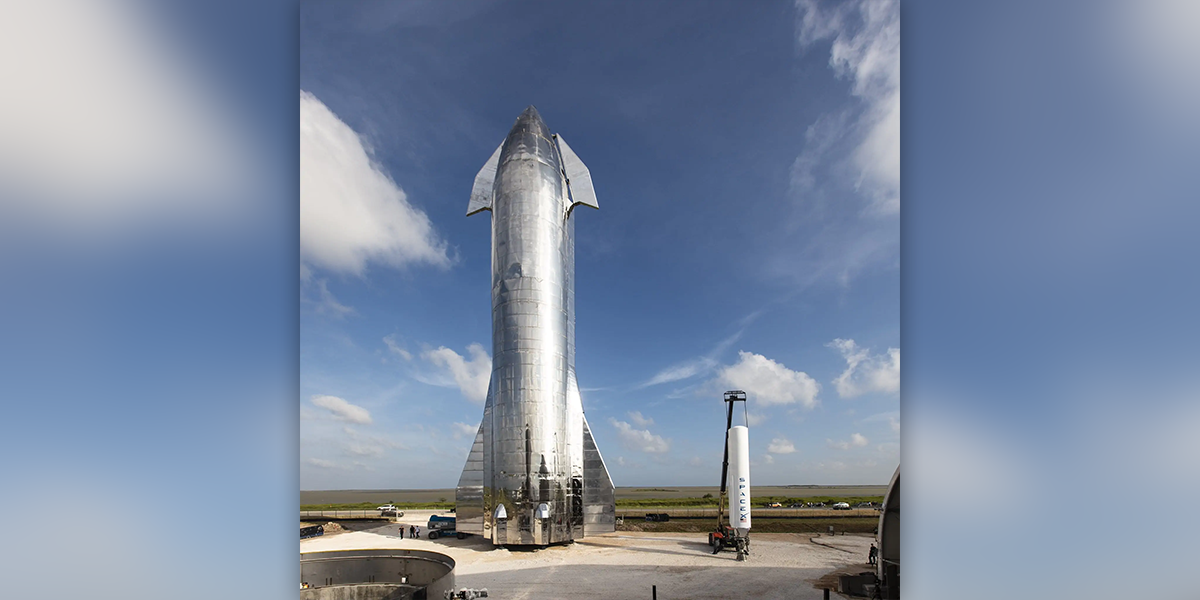Bridge, Ladder, Elevator, Rocket Ship

Believe it or not, we are still in the middle of the hybrid work debate and design process. Some companies are at different stages than others in the cycle, but most are still looking for some type of benchmark to emerge and help them define their final destination.
However, waiting for someone else to go first is not always a winning strategy. Fortune often favors the bold.
I work for a large technology enablement partner, and as such, I can sum up the current stages of workplace technology design in four words: Bridge, Ladder, Elevator, Rocket Ship.
Bridge
A bridge is a device to get you from one side of the chasm to the other. Most companies became reluctant bridge builders a couple of years ago, having to quickly enable spaces digitally to keep their businesses running. Utility is the prime concern, and the movement is not vertical but lateral. A few companies built bridge spaces and stopped; others are still in the process of building bridges for their entry-level spaces. These spaces work, and there’s nothing wrong with that. All technology design has to start with basic functions, and these spaces get the job done.
Ladder
For companies that bridged the gap and landed on the opposite side of the expanse, many are now in ladder mode. Basic function was achieved and now it’s time to tweak these systems to get the most out of the investment. That may mean upgrading firmware, enabling native soft codec functions or adding a second camera or additional microphone to optimize the “performance” if the base platform allows for it. A ladder will get you 8 feet closer to the moon, OSHA regulations notwithstanding.
Elevator
While a great deal of companies are in ladder mode, others have decided to take the elevator to get a few floors higher. They’re deploying workplace technology systems that rise above the out-of-the-box, preconfigured arrangements to elevate their most important customer interactions and internal meetings and make them stand out. The art of integration and programming comes into play with rooms that utilize multiple cameras and AI switching that leverages multi-element microphones for better room coverage and triggering camera presets. Elevation requires more than small tweaks to get companies to the top floor.
Rocket Ship
In 1962, John Glenn was asked to climb into a small capsule strapped to the top of an intercontinental ballistic missile, be thrust into space, orbit the Earth and then fall back to Earth through 2500+ degree temperatures to land in the ocean where hopefully someone would come to pick him up. He said “Yes.”
Rocket ships are scary things, and climbing aboard one to launch into the unknown takes more than guts, it takes vision. Technology design that looks at the status quo, compares it to a yet-to-be-achieved ideal state and then creates a rocket ship to traverse the expanse can be transformative. There is no benchmark for this type of design because it is unique to each company, its workflows and its employee makeup.
To take on an endeavor of this nature, the team needs freedom to fail, and you too may experience the occasional “unscheduled disassembly” of your prototype. Not all spaces need this type of elevation, but those with the right stuff, they may just achieve greatness.
So what stage are you in? You’re likely past the bridge and climbing the ladder or taking the elevator. Maybe you’re even in different phases across your various spaces, which is likely the case.
For those on the wrong side of the bridge, what are you waiting for? And for those select few building rocket ships, I hope to see you up there in space someday.


